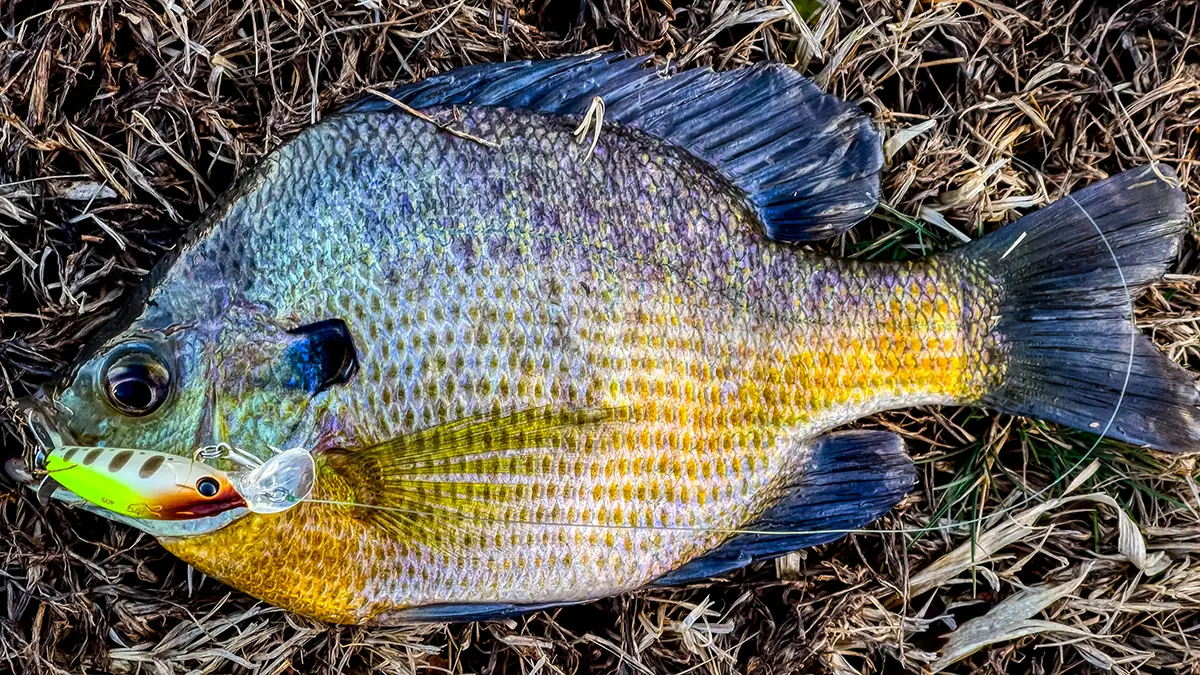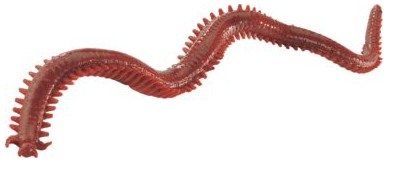Where To Find Red Wigglers - Truths
Where To Find Red Wigglers - Truths
Blog Article
Our Where To Find Red Wigglers Ideas
Table of ContentsSome Known Questions About Where To Find Red Wigglers.Getting The Where To Find Red Wigglers To WorkIndicators on Where To Find Red Wigglers You Need To KnowTop Guidelines Of Where To Find Red WigglersMore About Where To Find Red WigglersThe smart Trick of Where To Find Red Wigglers That Nobody is Talking AboutThe 9-Second Trick For Where To Find Red Wigglers
If you have a tough time locating them, try using a shovel to dig into the ground and damage the wet dirt with your hands to discover them (Where To Find Red Wigglers). Saturate your garden or yard with water and look for your worms once it gets dark.After that, lift it utilizing leverage and look for your worms inside the hole. Note that you might need to dig a few times before they show up. Don't neglect to look under rocks, bricks, wood, and various other items you could locate on the ground, as that's where worms frequently reside. However, you ought to take care when doing this as you might encounter hazardous pets beneath, including serpents, spiders, and scorpions.
Once you capture a number of worms, you will intend to dip your fingers right into sawdust to dry them and enhance your following grasp. Note that you shouldn't get rid of way too many worms from one area as this can adversely impact that atmosphere. Place your worms right into their bin and store them in the fridge.
You can likewise utilize a pitchfork to draw worms above the ground. Likewise referred to as a worm groaning stick, this conventional method entails sticking the pitchfork into the ground and afterwards rubbing it with an item of metal or timber. The vibrations that are developed mimic the noise of a mole, which triggers the worms to surface area.
Unknown Facts About Where To Find Red Wigglers
For long-lasting worm storage space, we suggest developing a committed worm farm. Ideally, you found a number of methods to catch your worms the next time you need them after shutting hours or when you're really feeling as well careless to get in the car and drive numerous miles to the nearest worm dealer!
This overview will certainly present you to the red wiggler to consist of a deeper on dive on the types and information on reproduction, life cycle, and reproduction. We'll speak about exactly how to keep red wigglers and why they must be the go-to worm for many composters. The red wiggler (binomial name: eisenia fetida) is the globe's most common composting worm.
A research recommends that the two can generate hybrid spawn, a sensation which must otherwise be considered difficult in between the majority of worm types. Fun reality: The "fetid" component of the binomial name describes what some claim is a smelly secretion the red wiggler utilizes to ward off killers. I have actually been dealing with them for years and never ever discovered this! The anatomy of a red wiggler looks like that of various other usual earthworms; a long-segmented body begins at the sharp head and terminates at a slightly-flatted tail.
The digestion system is basic, starting at the mouth where the worm begins to eat its food before passing it on the throat. The throat is a muscle area which imitates a pump to pull food right into the mouth prior to pumping it out right into the esophagus. The esophagus is narrow and thin-walled and acts as the "waiting area" for the gizzard.
Where To Find Red Wigglers Fundamentals Explained
Note: This need for grinding is why grit is advised in a worm bin. The worm includes no native grinding capability so the worm depends on ingested grit to aid grind its food in the gizzard. The tummy is where the first chemical breakdown of food occurs with the aid of a protein-busting enzyme.
The intestinal tract creates the longest part of the worm and is where the majority of food digestion takes location by means of this hyperlink enymatic procedures. The castings eventually pass via the anus at the end of the worm as pills covered with a biologically-rich mucus.
Within 42 days, these infant worms will reach sex-related maturity as shown by the appearance of the clitellum. A fully grown red wiggler can be anticipated to live between one to three years (Where To Find Red Wigglers). The mighty red wiggler may in some cases be made use of as a bait worm for smaller sized fish or as a protein resource for poultries and reptiles
And as mentioned above, they are the most typical composting worm in the world. But why? Well there's most likely not simply one factor. Rather, a mix of cost, strength, and convenience in a variety of temperatures makes it the most ideal composting worm for a lot of brand-new vermicomposters. Red wigglers and their cocoons can endure in a wide array of problems.
Getting The Where To Find Red Wigglers To Work
This is a typical technique amongst worm carriers who don't intend to take the chance of having the worms rest in a hot or cool storehouse over the weekend. Worm growers are not saving worms in a situation where they are ready to ship. The worms should be harvested from their environment initially, so cultivators will often set a Friday or Saturday target date in order to harvest in time for a Monday shipment.
To conserve on shipping price, you may want to see if there are any neighboring "Mother and Pop" stores through a Google search.

5 Simple Techniques For Where To Find Red Wigglers
For ideal results, you desire to fire for regarding 60-70% dampness level. At the perfect moisture degrees which is just under 70% that handful need to hardly yield one decline of fluid.
The European Nightcrawler, the larger relative of the red wiggler, is simply as starved and also creates a good bait worm. It favors a bit of a cooler environment than the red wiggler. The African Nightcrawler is a huge composting worm and makes a gorgeous, granular cast.
The Indian Blue is starved, but additionally likes a warmer climate and it additionally displays a propensity to leave the container. The red wiggler is a sturdy worm and isn't as fussy try here about its climate. I like to call it the Ford Taurus of vermicomposting worms; you will not boast to your hardcore composting pals that you possess them, however they will offer you well.
What Does Where To Find Red Wigglers Mean?
Like any other lure, a worm's effectiveness has involved depend on its presentation. H.G. "Faucet" Tapply highlighted this factor almost a half century ago in one of his Field & Stream columns. "A worm is such an unformed animal," he wrote, "there doesn't appear to be extremely much an angler can do with it except jab it on a hook and throw it into the water." As Tap showed, an angler can do an excellent offer to make a worm more attractive.

Early morning is prime feeding time, and the lightweight lure's slow descent leaves 5 inches of squirming protein completely sight for quite a while. After you have actually made the cast, maintain the bond open and placed the pole in a forked stick. The line will certainly diminish the rod in slow loopholes as the worm settles, however generally the slow loops will certainly end up being a blur, and the early morning will instantly get instead fascinating.
You can fish deep and look at here now cover a great deal of territory, and the spider appears to be the best touch for this transitional time, when the smallmouths have yet to secure on to a favored forage. Dark jigsblack, brown, and purpleseem to match the nightcrawler's color. I typically use a whole 'spider, favor marabou clothing, and go down the rod for two or 3 secs when I obtain a hit.
Examine This Report about Where To Find Red Wigglers
And identifying base from a bite can be challenging. The method is to reduce the rod back to the strike (perhaps a foot) and feel for life at the end of the tightening up line. If it exists, established the hook with a sweep instead than a jerk. Every so often you'll find on your own hooked to those sluggish, hearty yanks, and really feel the weight of a wonderful walleye.
Report this page